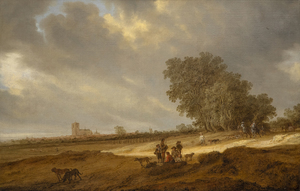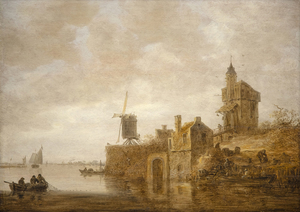LONDRES
HJFA ha operado a nivel internacional desde su fundación hace 25 años. Nuestra consultoría en Londres, dirigida por Emma Barnes, representa un nuevo y emocionante capítulo que nos permite servir a los clientes de forma más directa en uno de los mercados de arte más activos e influyentes del mundo.
- James Carona, cofundador y copropietario de Heather James Fine Art

EMMA BARNES
Consultor de Bellas Artes
Londres, Inglaterra
Emma dirige la consultoría londinense de Heather James Fine Art después de tres años en la sede de la empresa en Palm Desert, California, donde sigue dividiendo su tiempo. También ha trabajado con Heather James en Nueva York y San Francisco. Emma ha desempeñado un papel decisivo en importantes operaciones, como obras de Vincent Van Gogh, Claude Monet, Diego Rivera, Edward Hopper, Georgia O'Keeffe y Ed Ruscha. Su experiencia abarca el arte de primera categoría en todos los géneros.
Anteriormente, Emma trabajó durante seis años en Washington, DC. Se graduó cum laude en la Universidad de Pensilvania y con distinción en el King's College de Londres, y se crió en Berkshire, Inglaterra.
Mis primeros recuerdos tienen que ver con el arte y la cultura en Londres. Estoy encantada de volver a la ciudad y espero profundizar en las relaciones con coleccionistas privados y socios de la industria por igual.
- Emma Barnes
HEATHER JAMES FINE ART - LONDRES será un recurso valioso para los clientes locales, proporcionando una amplia gama de apoyo y asistencia para una amplia gama de propiedades. Con la ayuda de los expertos de Heather James Fine Art, nuestros representantes pueden ayudarle si tiene preguntas sobre la compra o la venta, o si desea que se valore un objeto de su colección.
Ofrecemos una amplia gama de servicios basados en el cliente, incluyendo planificación de patrimonio sin supatrimonio e impuestos, gestión de cobros, tasaciones, gestión logística, adquisiciones y servicios financieros.
EN LAS NOTICIAS
SERVICIOS
Heather James Fine Art ofrece una amplia gama de servicios basados en el cliente que se adaptan a sus necesidades específicas de coleccionismo de arte. Nuestro equipo de operaciones está formado por gestores profesionales de arte, un departamento de registro completo y un equipo logístico con amplia experiencia en el transporte, instalación y gestión de colecciones de arte. Con servicio de guante blanco y atención personalizada, nuestro equipo hace todo lo posible para garantizar servicios artísticos excepcionales para nuestros clientes.
CONÓCENOS
GALERÍAS
45188 Portola Avenue
Palm Desert, CA 92260
(760) 346-8926
Horario: Con cita previa
172 Center Street, Suite 101
P.O. Box 3580
Jackson Hole, WY 83001
(307) 200-6090
Horario: Con cita previa



















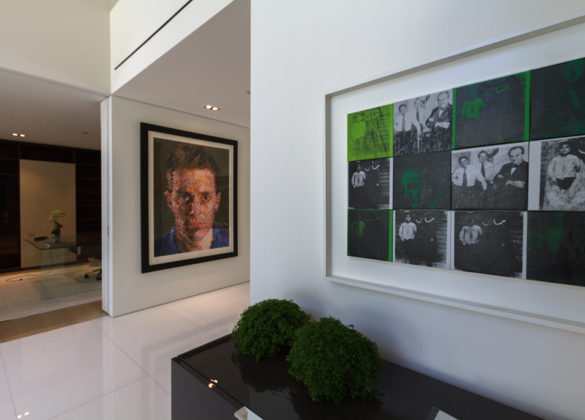
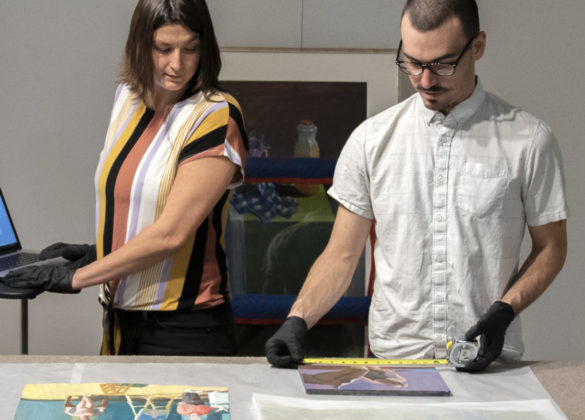






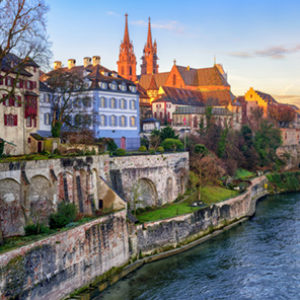




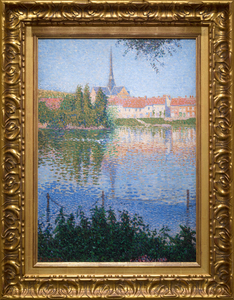
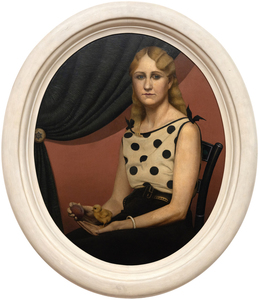
,_new_mexico_tn40147.jpg )
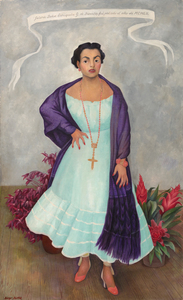
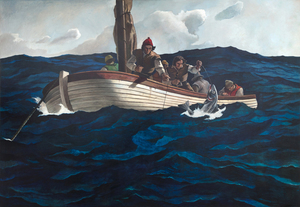
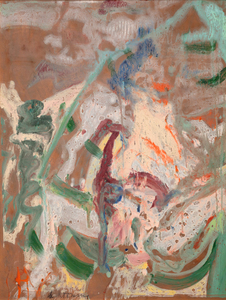
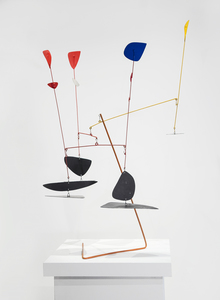
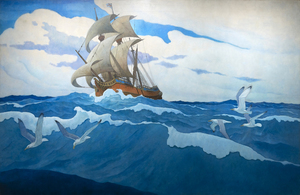
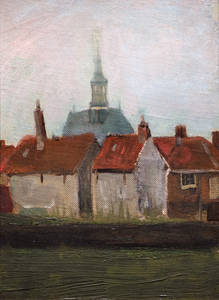
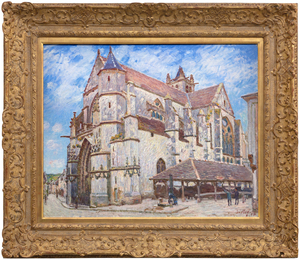
_tn45742.jpg )
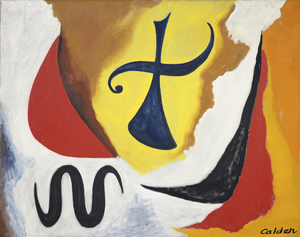
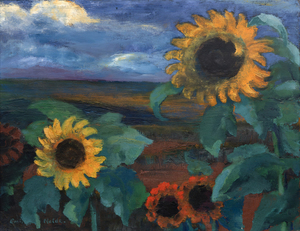
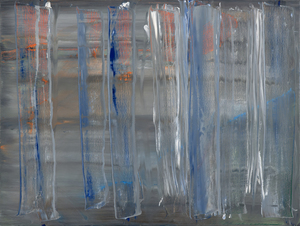
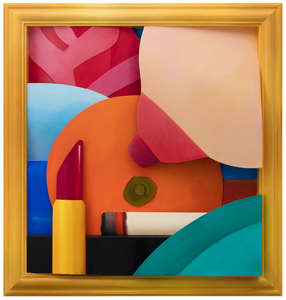
_tn45734.jpg )
_tn45731.jpg )
_tn45741.jpg )
_tn43950.jpg )
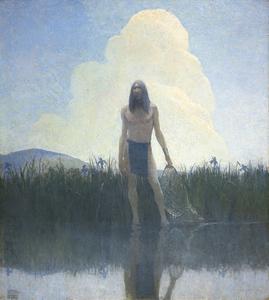
_tn45739.b.jpg )
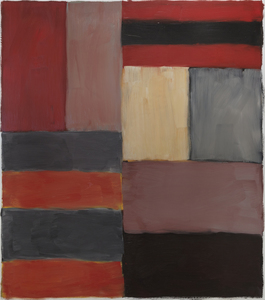
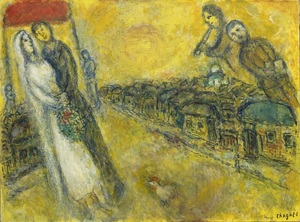
_tn45733.jpg )
_tn40169.jpg )
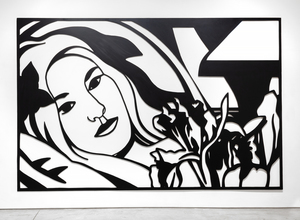
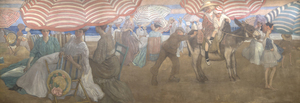
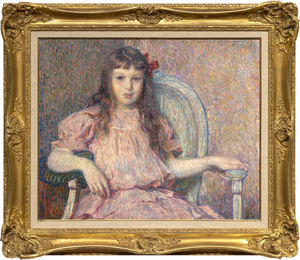
![SIR WINSTON CHURCHILL-View of Loch Choire (C 51) Painted while staying at Dunrobin Castle, the estate of the Duke of Sutherland, Churchill chose to set his easel behind a tree where he likely thought of it as a framing device, adding a layer of depth, creating a stronger sense of foreground, middle ground, and background, enhancing the three-dimensionality of the picture. Churchill painted at both Dunrobin as well as the Duke’s Sutton Place estate, later the home of John Paul Getty.<br><br>As Mary Soames describes it in her book, Winston Churchill, His Life as a Painter, “1921 had been a year of heavy personal tidings” for Churchill and his family, as he lost both his mother, Jennie Cornwallis-West, and his beloved child, Marigold, aged nearly four. In a letter to his wife Clementine, Churchill wrote, “… Many tender thoughts, my darling one of you and yr sweet kittens. Alas I keep on feeling the hurt of the Duckadilly [Marigold’s pet name].” That Churchill chose to stay with the Duke and Duchess at Dunrobin just after Marigold’s death speaks to their close friendship and his fondness for the area, including Loch Choire. It is no surprise that Churchill gifted the painting to the Duke of Sutherland](/Art_Images/Small/sir_winston_churchill_view_of_loch_choire_(c_51)_tn45743.jpg )
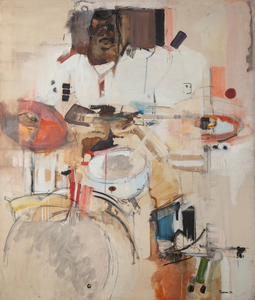
_tn45732.jpg )
_tn27035.jpg )
_tn45736.jpg )
![SIR WINSTON CHURCHILL-The Library of Sir Philip Sassoon's House at Lympne (C 19) Churchill counted as both a friend and political ally, Phillip Sassoon – one of Britain's great hosts, cousin of famed poet Siegfried Sassoon, and the man upon whom Noël Coward crowned "a phenomenon that will never recur”. Sassoon and his sister Sybil were among Winston and Clementine’s great friends. As described by Lady Soames in her book, “Philip Sassoon was a man of charm and distinction, and he dispensed princely hospitality to a brilliant and varied circle of friends at his two country houses, Port Lympne and Trent Park. He made a remarkable collection of works of art. Winston received much help and encouragement from Sassoon, and painted many pictures of both his house and gardens. One of the ways in which Winston taught himself to paint was by copying pictures he admired. With his large and varied collection, Sir Philip was able to be of help in this way, too, and Winston studied and copied quite a number of his friend’s pictures. Sassoon was a friend and patron of John Singer Sargent, and owned many of his works. Winston admired several of these, and found them highly instructive; in 1926, [less than two years before this painting was created] Philip Sassoon wrote Winston this note, which accompanied a generous present and a helpful loan:<br><br>My dear Winston,<br><br>You have often admired the picture of John Lewis Brown of the two horsemen that hung at Trent, so I am sending it to you with my best wishes in the hope that you find a corner for it at Chartwell. I am also sending th little Sargent picture wh you asked for. He painted it when he was 18!”<br><br>One is struck by Sassoon’s generosity, and can see in later works how his close study of Sargent influenced Churchill.](/Art_Images/Small/sir_winston_churchill_the_library_of_sir_philip_sassoon's_house_at_lympne_(c_19)_tn45745.jpg )
